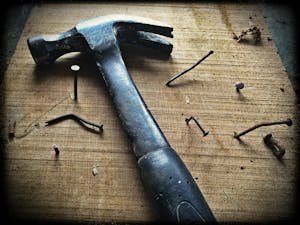What Are Parts Of A Song?
There are no rules – just options!
Each component, or the parts of a song, serves a very specific function in creating the overall tapestry. And, much like a tapestry, if you weave things together in a way that’s innovative, but doesn’t necessarily use the elements for the proper purpose, you could end up with a bit of a mess on your hands. And by that, I mean something your listener has a hard time following.
I’m not saying you need to follow all of the rules all of the time. What is ideal for your listener is that you understand the rules, and then use them to tell the best story or convey the emotion and message you’re going for in a way they can relate to so they can experience it to the fullest. Listeners are familiar with the rules because they listen to songs. Use that to your advantage!

Getting Started
This is a great place to start if you’ve never written a song, or you are having issues with making sure you’re using core song elements in the right way.
Song Structure Questions
Songs Illustrating How Titles Are Reinforced By The Lyrics:
- “One Night Standards” – Ashley McBride (writing to the hook)
- “Actin’ Up” – Miranda Lambert
- “Alabama Pines” – Jason Isbell
To know the rules is to have the skills to break!
Get Monthly Tips
Sign up to get our monthly newsletter that’s chock full of tips, quick takes on current songs and cool techniques you can use in your own, first-look worksheets and more!
